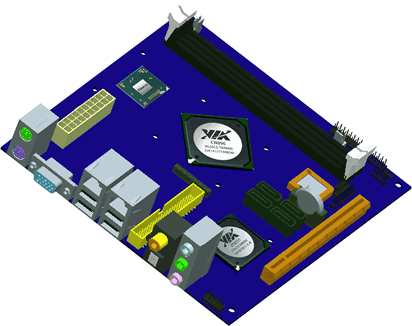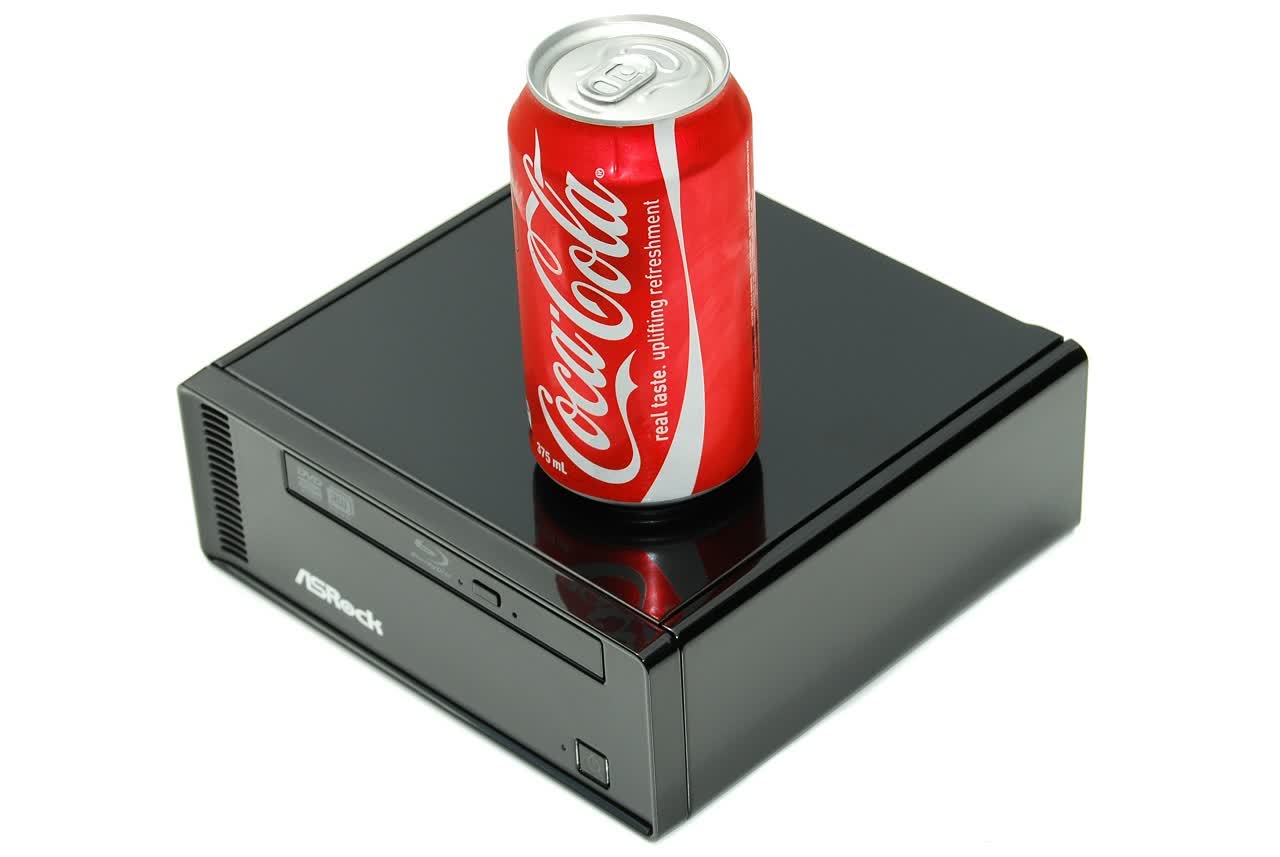A Little Mini-ITX Form Factor History
Introduced by chipset manufacturer VIA Technologies back in 2001, the Mini-ITX form factor measures a mere 17 x 17 cm (6.7 x 6.7 in). It was designed to promote VIA's low power C3 processor, which they acquired from Centaur Technology. Despite its miniature size, the platform had little impact on the computer world and manufacturers never really embraced the technology.
Eventually it became clear that VIA was struggling to get third-party manufacturer support for their chipsets and embedded CPUs. A reworked strategy dictated to employ an in-house motherboard division to get those products direct to market. VIA's key focus became to standardize low-cost compact computing using their own technology.

The company's first attempt known as the VT6010 Mini-ITX, and later the EPIA 800 and EPIA 5000 motherboards, failed to make any serious inroads into the market. Having spent years trying to flog off Mini-ITX solutions, VIA was trumped by Intel once all the leg work had been completed.
Many years after the VIA C3 and C7 had been introduced, Intel came up with the Atom CPU, which arrived as a significant leap forward. Call it perfect timing or massive guaranteed partner support, the Atom Z series saw the light on April 2008. Code-named "Silverthorne", it was a single core processor using a 45nm design process and an impressive thermal envelope of just 2.4w.
Soon after Intel updated the Atom with the "Diamondville" architecture, better known as the Atom N series. The Atom processors became widely used, enabling the widespread use of netbooks. Asus played a big role with their Eee PC series (originally Celeron based). With the rest of the industry playing a quick game of catch up, it wasn't long before netbooks loaded with Atom processors flooded the market.

With the introduction of the dual-core Atom 300 series, manufacturers started to look beyond the netbook, as compact desktop computers became another potential market to tackle.
For years Shuttle pushed their compact XPC computers with some obvious disadvantages inherent to the times. However, Shuttle XPCs cost more, and even though they can be configured to be powerful smallish PCs, they also consume more power, generate more heat, and as a result make a lot more noise.
